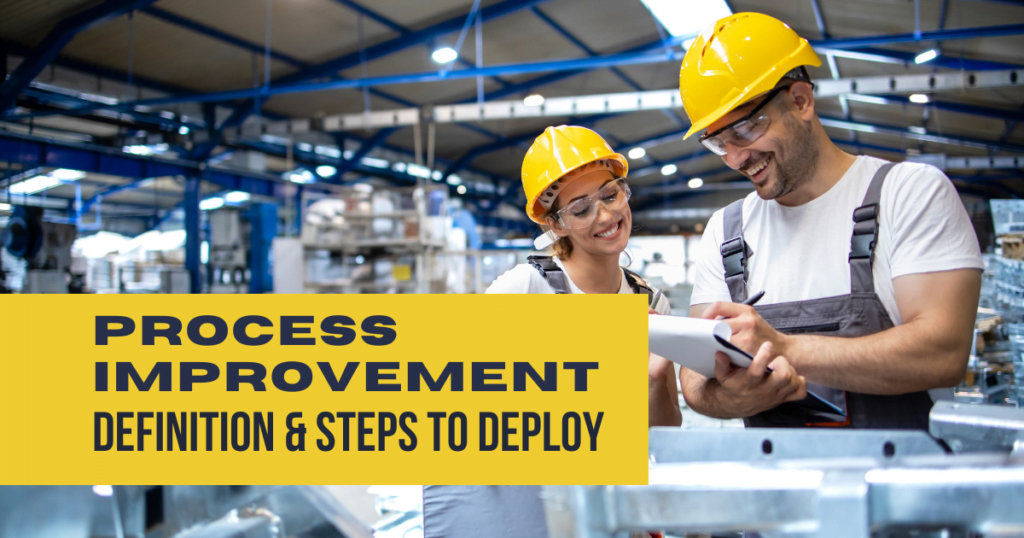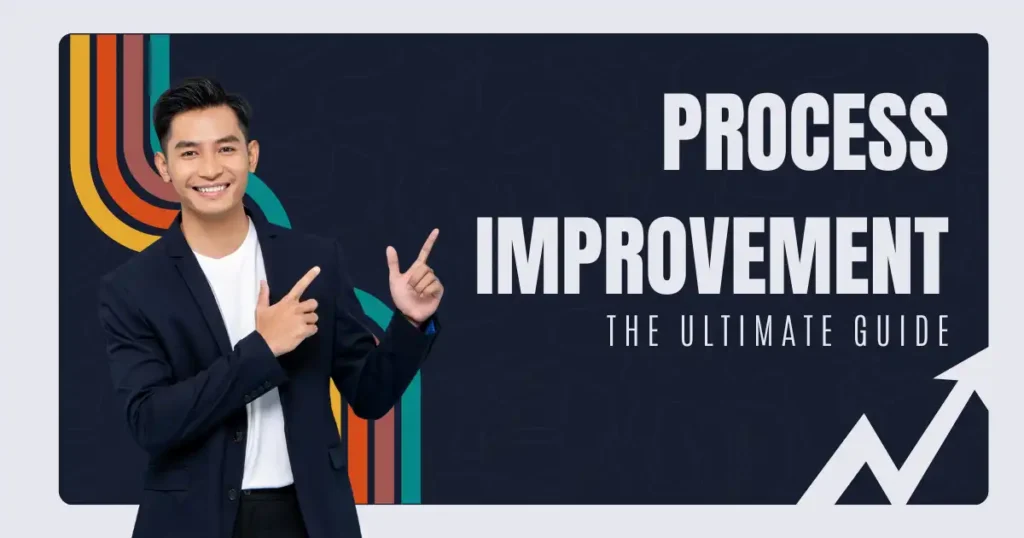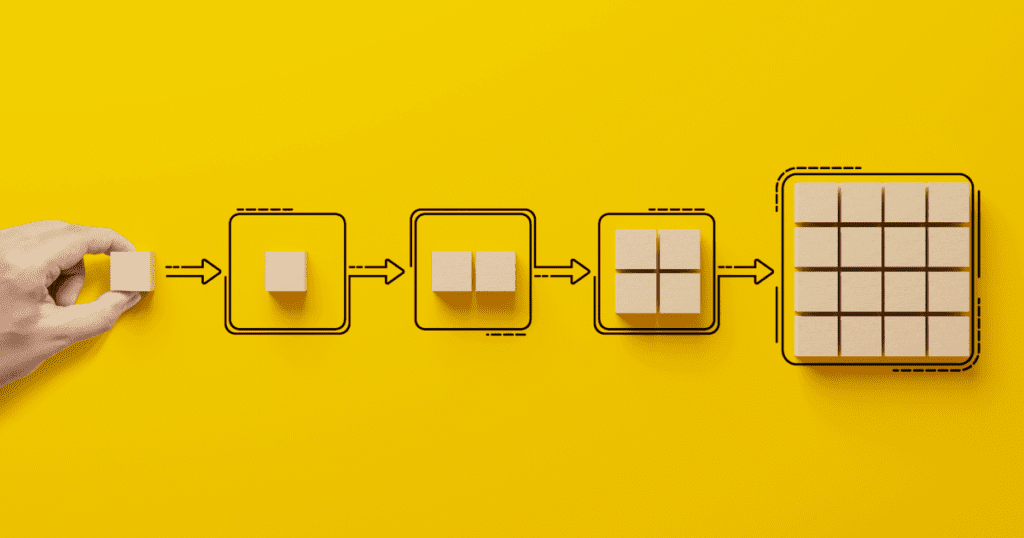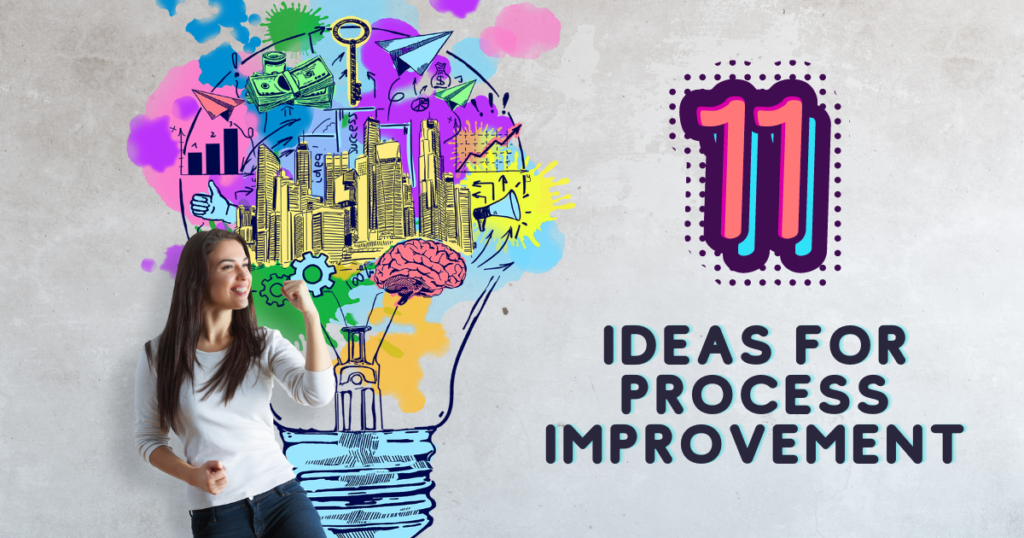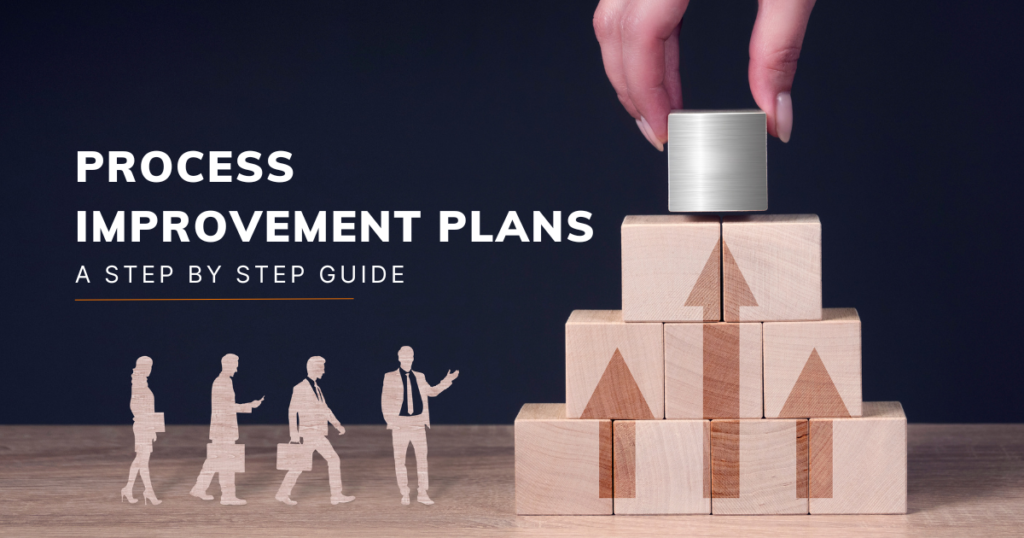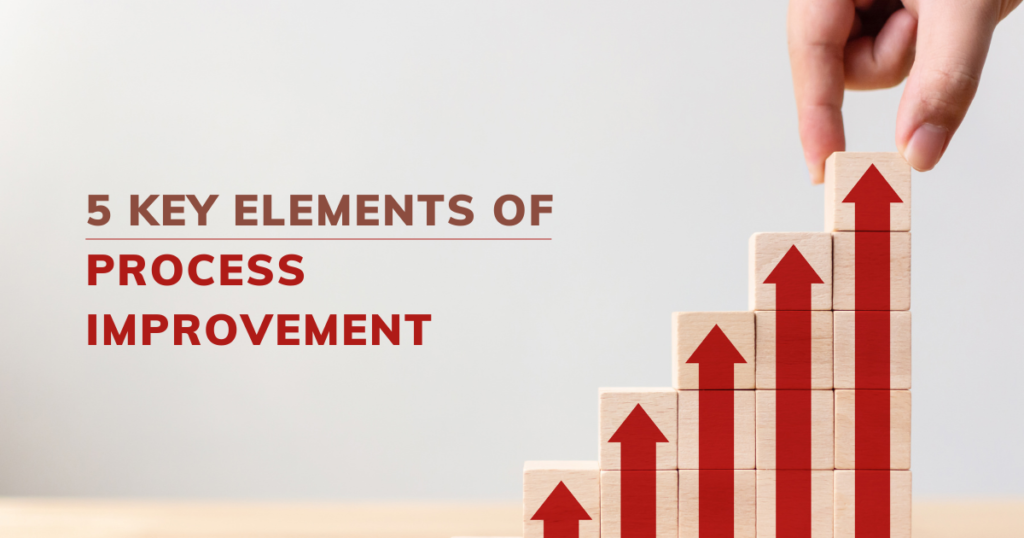Table of Contents
What do you mean by process improvement? is a question often posed, and it is a fascinating one. Process improvement, if and when deployed correctly and as it should be, is a powerful and highly effective approach to business improvement. It is something that can be trained, learned or taught. It can be conducted by experts, specialists or those just doing their day jobs. It can be done as a one-off, as part of BAU or continually.
In this article, we will seek to address the question of what do you mean by process improvement once and for all, to give you clarity and a total understanding of what this means. To do that, we need to tackle the question and process improvement itself in parts. Let’s take a look.
What is a process?
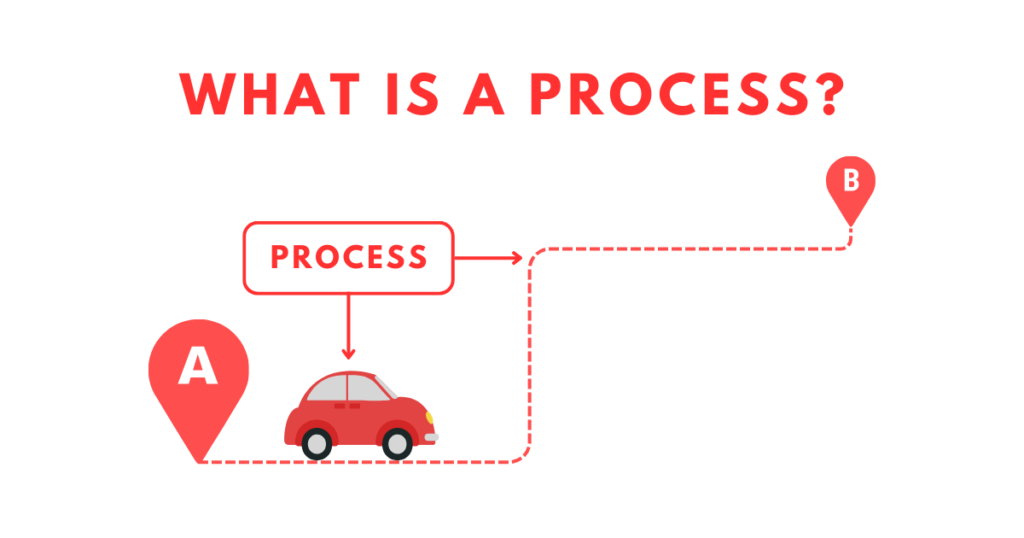
A process is the structure or vehicle which takes you from A to B. It is the way in which products, services and outputs are created, produced and processed, ready for customers and clients to engage with, buy and use. The process is made up of a range of steps and activities that help you to construct what is needed. It is made up of handoffs between individuals and departments, all responsible for certain sections or parts of the process. It is made up of decision points, with individuals or systems deciding whether to take one route or another.
Processes can be large, complex, multidepartmental, multifunctional, and multiorganizational in nature. They can also be small and simple. They can be run entirely by humans, manually completing their work step by step. They can include systems, machines and technology, all playing their part in getting something from a raw material state to a finished, high-quality product. Equally, they can be fully automated, with one push of a button and 2 seconds later the process is complete.
What do we mean by improvement?
With the term improvement, we are referring to moving something from one state to another. It is the process followed to take something from a poor, negative state to a strong positive one. It is the process to ensure something (including a process) which is not performing as expected, is not giving you what you need or in the format in which you require it, can perform to expectation. It is the process of removing that which is not working and adding in more of what is.
So, What do you mean by process improvement?
Now that we have defined these two words, adding them together will now give you an outcome which is clearer and makes more sense. With process improvement, you are seeking to take a process which has one or many of the following characteristics: poor performance, wasteful, taking too long, rework loops, bottlenecks, plagued with issues, low productivity, highly inefficient etc. You take that process and you seek to identify what you want the process to become.
At this stage, you can identify quite clearly it is the opposite of what you currently have. If you have a process full of waste you will seek to reduce that waste through process improvement. If you have a process which is highly unproductive you want to move it to a highly productive state. If your process is currently not stable or capable, you will need to move it to a state where it can deliver what is expected of it in a stable and capable way. That shift from one to another is the essence of process improvement. The end goal is the essence of process improvement. The approach and how is the essence of process improvement.
In short, process improvement encompasses the want, the need, the why and the how of this journey.
How to conduct process improvement?
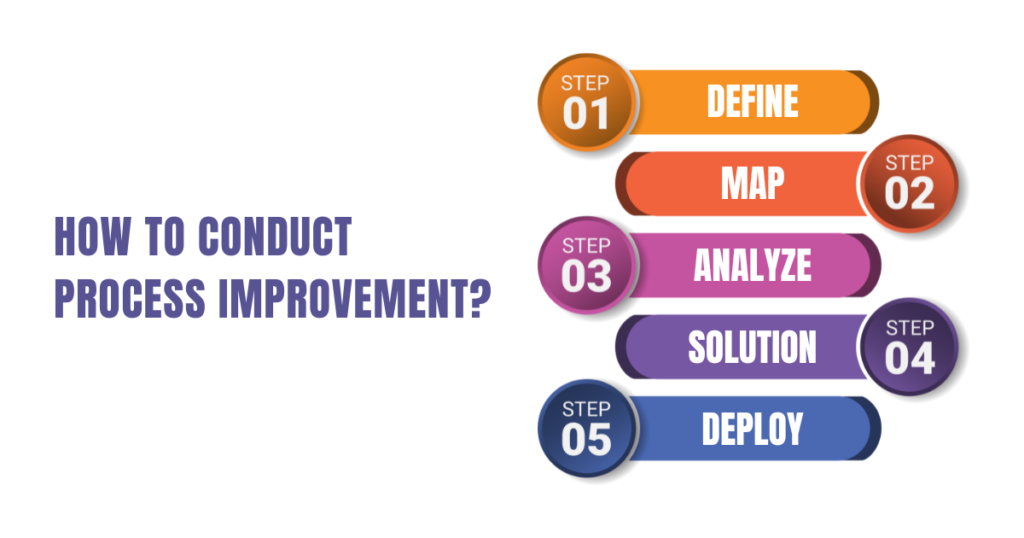
Now you are clear on what process improvement is, how do you go about actually deploying it? Well, there are 5 key steps you need to go through in order to ensure you do this correctly. They are:
Define – define your problem and your process in full. Only when you truly understand the challenge you are facing, the scale of that challenge and where it exists can you make the right changes. Use data here to assess and establish this. Equally, you need to understand and clearly define what process is in scope here.
Map – now you have defined your process and its scope, you can map out your process in full. Having a process map, often in swim lane flowchart format, is really important here. How can you make changes to something if you can’t see graphically how it is working? A process map will give you the insight you need to start making some decisions.
Analyze – next you can analyze your process using the map you have built. This will involve identifying where in your process there is excessive waste, where problems are arising from and where your challenges lie. It will also give you the chance to identify what changes you want to start making, highlighting the steps and activities in need of reform.
Solution – with a detailed map and extensive analysis you can now make some decisions. Here you can agree with your team on what changes need to be made and identify solutions for them. This stage will often involve a number of workshops to brainstorm solutions and plans to deploy them, all with the aim of shifting your process to the future state. This is where the improvement is built.
Deploy – now you have built your solutions and improvements, it is time to deploy them. Either as part of the team’s BAU work or as separate projects, you can deploy the changes in full. Here you will see the benefits of all the work done so far come to fruition.
Also read: Process Improvement Plans: An all-inclusive 8 step guide
Conclusion
Conducting process improvement within your organization is something highly recommended. It is important to remember it is not something that should merely be done as a one-off or as part of a project, but it is a continuous effort. Processes need to evolve just as teams, markets and customers do, so start your process improvement journey, today!

